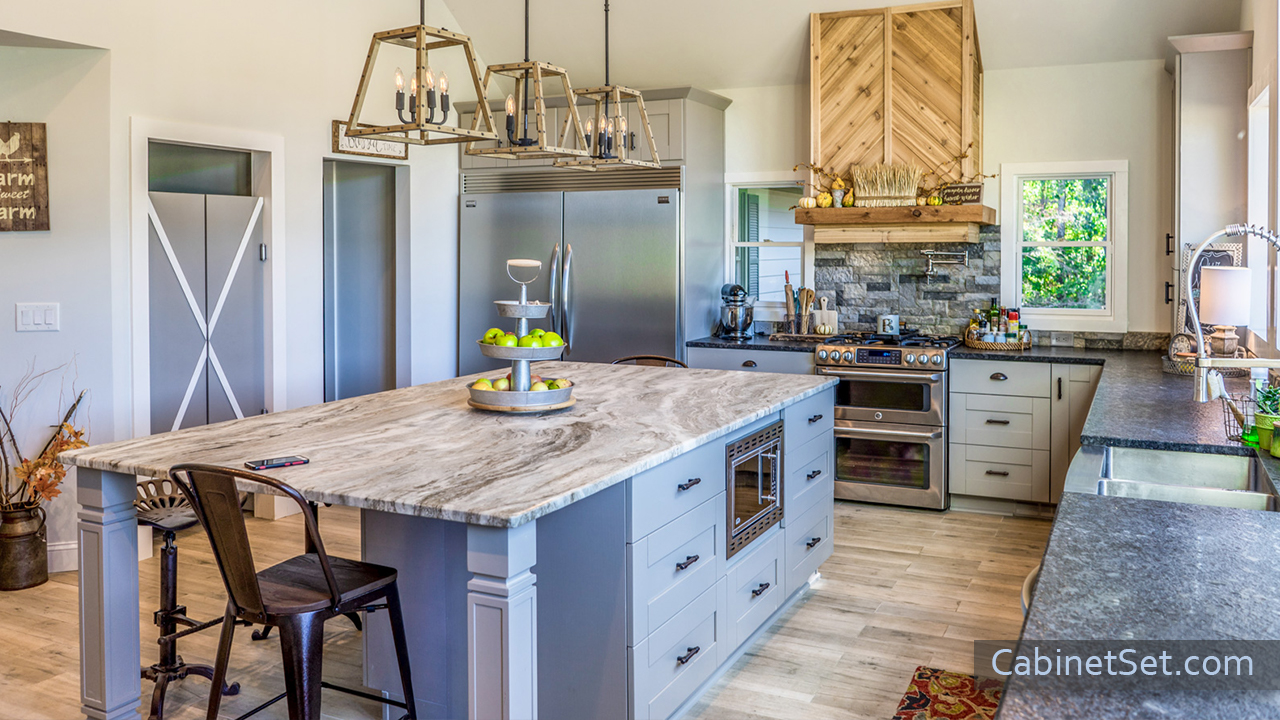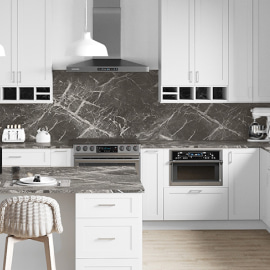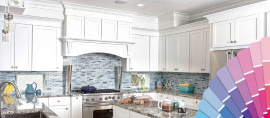
The kitchen is the heart of the home, so it’s crucial that you turn it into a place you are comfortable with. Most kitchens are practical and simple – but for those who like to drink their cup of coffee in a relaxing environment, we recommend the biophilic design. This article will present the basics of how to get this look in your kitchen.
What Is the Biophilic Design?
In order to get the look, you first need to understand exactly what the biophilic design is. The hypothesis of biophilia suggests that pretty much every human has an inner connection to nature. The biophilic design appeals to our desire of nurturing that link. And recently, biophilia has become more and more noticed in kitchen designs.
“It’s resurfaced in COVID because we are often cooped up and need to find ways to interact with nature—not only with plants but objects. Biophilia was already on the rise, but quarantine gave it a new life,” says Robin Standefer of Roman and Williams.
In the end, the biophilic design intends to appease your desire for nature by adding natural elements within the kitchen. It allows you to have direct experiences with nature, but without having to get out of the house. It makes you feel physically better, as its aesthetics appeal to your mental state.
“Increasingly, good design is less about how spaces look, and more about how they make us feel – seeking to improve both mental and physical wellbeing, through a multi-sensory approach,” says biophilic design expert, Oliver Heath.
How to Get the Look in the Kitchen
There are several ways in which you may get the biophilic look in your kitchen. Here are just the most common options.
- Use Natural Materials
The idea of the biophilic look is to keep yourself in close connection to nature. Obviously, plastic and other artificial materials have nothing to do with the renovation plan. Opt for natural stone for the countertops, and wood for the cabinets.
“Clients are showing a lot more interest in wood cabinets and finishes, specifically, really beautiful natural ash wood, which renders a rustic contemporary vibe. People are yearning for a sense of calm and soothing palettes,” says Peti Lau, an interior designer based in Los Angeles.
For the floors, you can try bamboo or cork. It can offer you a cozy, natural look, without sacrificing the warmth of the kitchen.
- Bring In the Plants
You can’t really make a biophilic kitchen without bringing out the greenery first. Plants have shown an ability to improve your mental wellbeing. Considering that we call the kitchen the “heart of the home,” it makes sense that we’d want to bring a couple of plants in there as well.
“Plants relieve physiological stress and negative psychological symptoms,” says Min-sun Lee in a study for the Journal of Anthropology. “A contact with plants is an intuitive and nonverbal activity that can provide psychological stability and comfort by stimulating four senses in various ways,” he adds.
- Use Natural Light
We live in a time when we can easily bring light to the kitchen. We make the windows smaller, and then brighten up the kitchen by using lamps or light bulbs. Indeed, you can use artificial lighting to create a natural effect – but if possible, you might want to make as much use of natural light as possible.
For example, try not to hinder the natural light coming in with curtains. If you do add them, use a light shade – or something through which light can easily pass. Adding mirrors and other reflective surfaces in the kitchen will also allow for the light to bounce.
For evenings, you might want to use warm lighting rather than cold, neon types. Cold lighting often feels sterile and is the total opposite of “cozy.” This is something that we don’t want in a biophilic kitchen.




